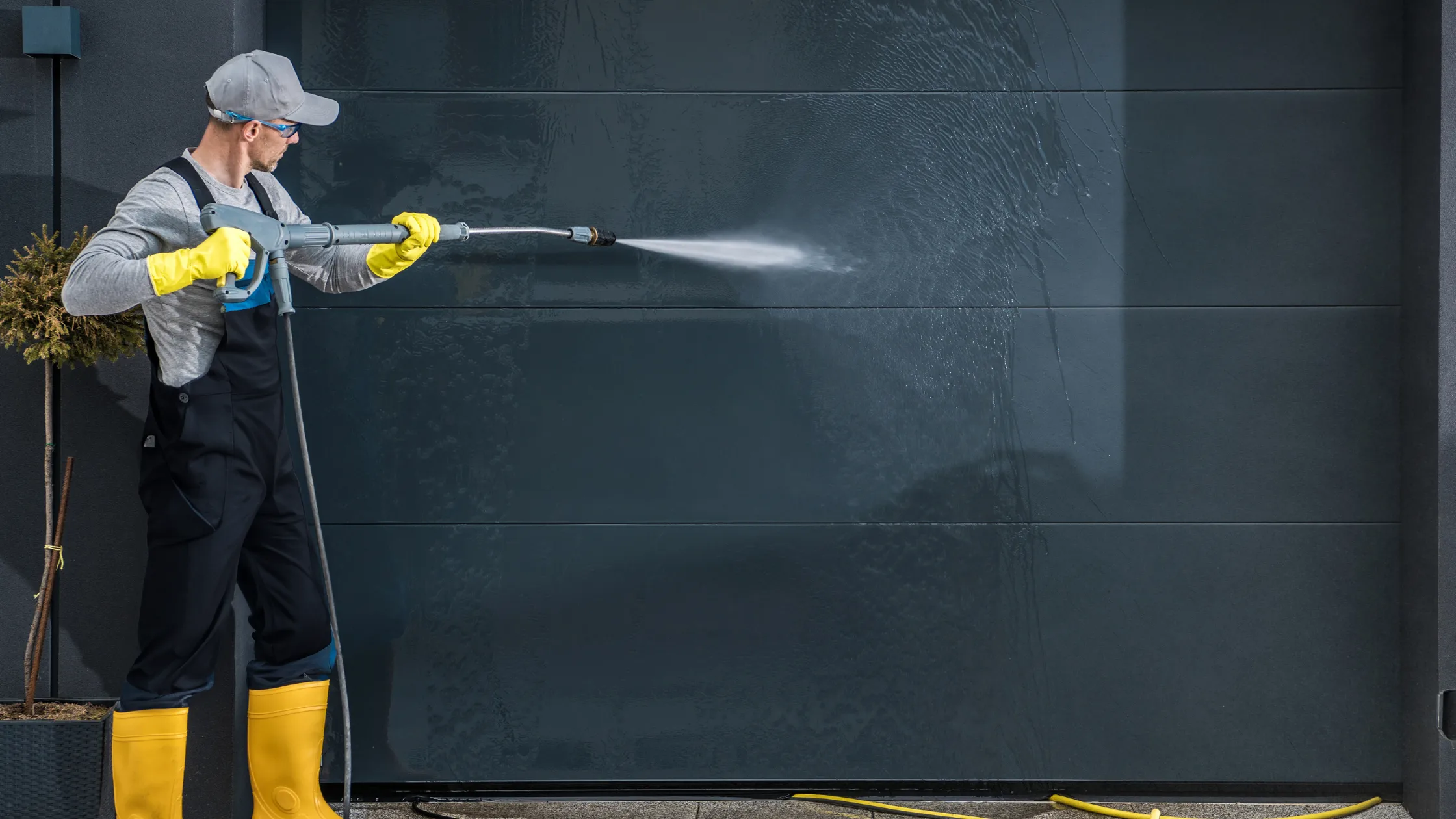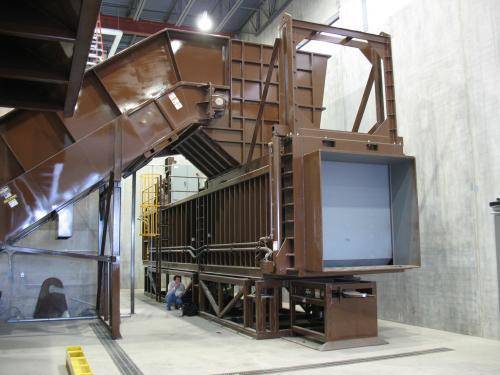Trusted Baler for Rent for Cardboard and Plastic Compression
Trusted Baler for Rent for Cardboard and Plastic Compression
Blog Article
Exploring the Crucial Duty of Waste Equipment in Modern Recycling Processes and Sustainable Waste Disposal Practices
The crucial role of waste tools in modern-day reusing procedures emphasizes its relevance in achieving lasting waste disposal techniques. Advanced systems, such as automated sorting modern technologies and compactors, not just enhance effectiveness however additionally play a pivotal role in lowering contamination prices and boosting product recuperation. As the need for even more lasting solutions grows, it is important to examine exactly how these innovations adapt to developing challenges within waste administration. What ingenious improvements are on the horizon that could even more change these procedures?
Importance of Waste Devices
Why is waste devices important in the reusing procedure? The efficiency of reusing procedures pivots dramatically on the availability and capability of waste tools. This classification of equipment and devices is necessary for the efficient collection, processing, and sorting of recyclable materials. By assisting in the splitting up of products, waste equipment decreases contamination, which is extremely important in making sure premium recyclables that can be reestablished into manufacturing cycles.
Additionally, waste devices improves operational effectiveness and safety within recycling centers. Advanced equipment, such as shredders and balers, permits the rapid handling of huge volumes of waste, decreasing labor prices and handling time. Additionally, the usage of specific equipment lowers the threat of injury among employees by automating dangerous jobs.
Furthermore, the ecological influence of recycling is intensified by effective waste tools. By enhancing the reusing procedure, centers can significantly minimize the volume of waste sent to land fills, consequently adding to sustainability initiatives. To conclude, waste tools is not merely a secondary element of recycling; it is a basic aspect that drives performance, safety, and environmental stewardship in modern-day waste management practices.
Kinds of Waste Devices
The efficiency of reusing operations is very closely linked to the particular kinds of waste tools made use of while doing so. baler rental. Different groups of devices are integral to the collection, sorting, processing, and transport of recyclable products
To start with, collection equipment, such as waste collection vehicles and containers, is important for collecting recyclables from various resources, including domestic, commercial, and industrial areas. As soon as collected, arranging devices, including conveyor belts, shredders, and magnetic separators, plays an important role in distinguishing different material kinds, making certain that pollutants are gotten rid of before handling.
Handling equipment, such as balers and compactors, even more prepares products for reusing by compressing and packaging them into workable sizes. This not just optimizes space yet additionally improves transport performance. Additionally, specialized machinery like granulators and extruders is used for transforming materials right into reusable kinds, particularly in plastic recycling.

Duty in Recycling Processes
In recycling procedures, the role of waste tools is essential in guaranteeing efficiency and performance at every phase. This tools includes a series of equipment created to deal with, procedure, and type materials that are to be reused. The initial phase involves collection and transportation, where compactors and balers play an important role in maximizing the quantity of products for transit, hence lowering functional expenses.
Once at the reusing facility, shredders and crushers enter play, breaking down products right into convenient click for more dimensions appropriate for more processing. These equipments contribute to boosting the surface of recyclables, assisting in more effective product recovery. Arranging systems, equipped with sophisticated technologies such as conveyor belts and optical sensors, ensure that materials are precisely separated by kind, consequently optimizing the high quality of the recycled final product.
Furthermore, customized tools for processing specific materials-- such as glass, plastics, and steels-- ensures that each type is handled in the why not find out more most reliable way. Generally, the assimilation of innovative waste devices right into the recycling procedure not just simplifies procedures however likewise considerably adds to the total healing rates of valuable materials, underscoring its important duty in contemporary reusing initiatives.
Influence On Lasting Practices
Through the effective procedure of waste tools, reusing procedures considerably improve lasting methods across numerous markets. By simplifying sorting and handling functions, progressed waste equipment lessens contamination in recyclable materials, thereby enhancing the top quality of recycled result.

Moreover, the assimilation of wise innovations in waste administration systems permits real-time data monitoring and analysis, causing more enlightened decision-making and functional efficiencies. As markets increasingly prioritize sustainability, the role of waste tools comes to be extremely important in shaping practices that straighten with environmental stewardship and governing conformity. Ultimately, the synergy between waste equipment and reusing processes plays an essential role beforehand wider sustainability goals across neighborhoods and industries alike.
Future Patterns in Waste Monitoring
Emerging patterns in waste management are positioned to improve the landscape of reusing and resource healing dramatically. Among the most critical changes is the combination of advanced technologies such as expert system, artificial intelligence, and the Web of Points (IoT) These advancements help with improved sorting processes, improving the performance and precision of reusing procedures. Smart waste containers equipped with sensing units can check waste degrees in real-time, enhancing collection routes and lowering operational expenses.
In addition, the circular economic climate model is getting traction, advertising the concept of reusing products as like this opposed to disposing of them. This fad motivates businesses to design products with end-of-life factors to consider in mind, driving the need for cutting-edge waste administration services.
Additionally, public recognition and engagement in sustainability techniques get on the increase, resulting in increased involvement in recycling programs. Federal government policies are also developing, with stricter guidelines on garbage disposal and rewards for sustainable methods.
As these trends converge, they produce a much more reliable, lasting waste monitoring system that not just decreases environmental influence but also fosters financial development with source recovery and innovation in waste equipment. The future of waste monitoring looks appealing, driven by modern technology and a dedication to sustainability.
Conclusion
In final thought, waste devices plays a critical role in enhancing the efficiency and performance of modern-day reusing procedures. As waste monitoring continues to evolve, the significance of cutting-edge waste tools will remain critical in achieving sustainability goals and resolving the challenges of source deficiency.
Report this page